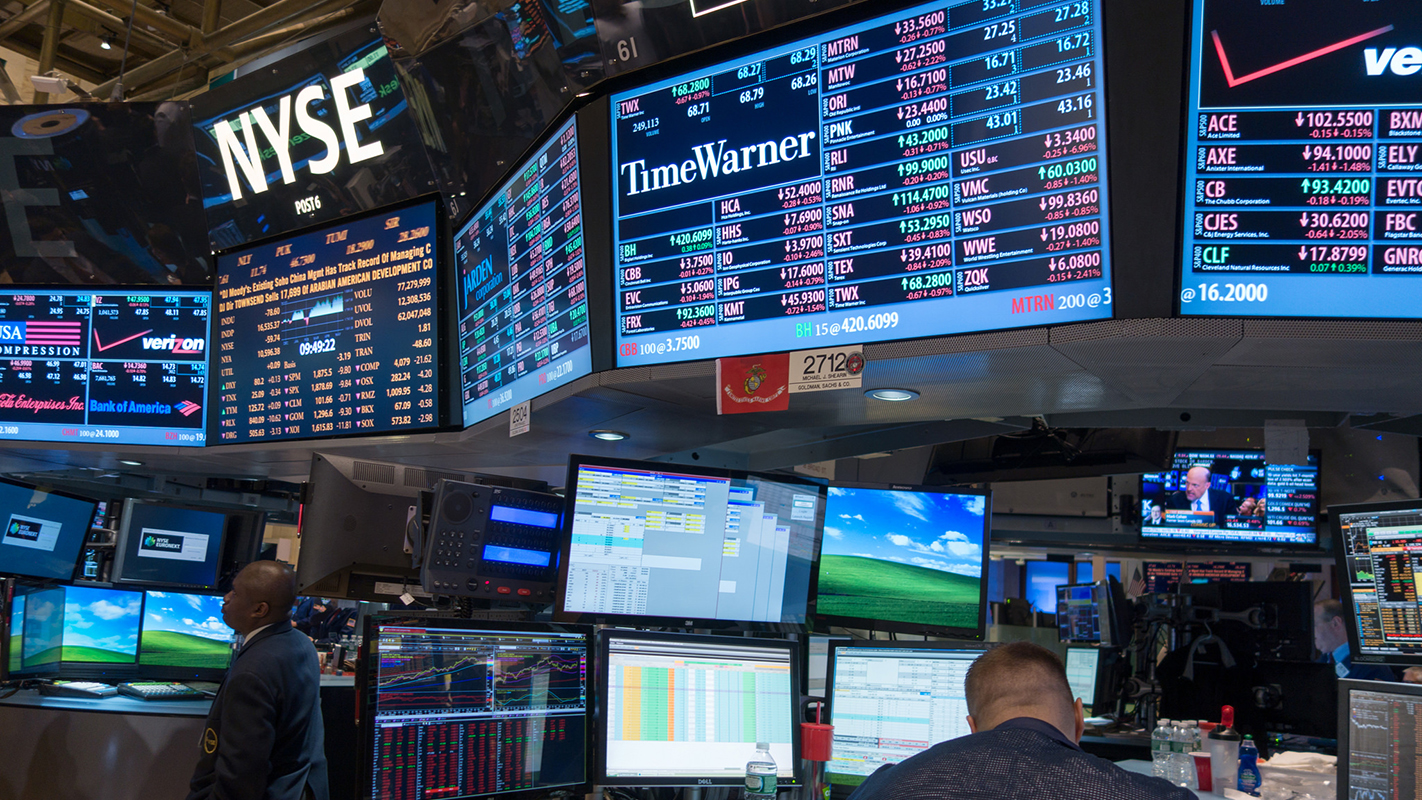Study: Even Fraud-Savvy Investors Often Look for the Wrong Red Flags

For Immediate Release
New research identifies the types of investors who are vigilant about corporate fraud, but finds that most of those investors are tracking the wrong red flags – meaning the warning signs they look for are clear only after it’s too late to protect their investment. The work was performed by researchers at North Carolina State University, George Mason University, the University of Virginia and the University of Cincinnati.
“Individual investors get hurt if they own stock in fraudulent companies that cook the books, such as Enron,” says Dr. Joe Brazel, a professor of accounting at NC State and lead author of a paper on the work. “But we wanted to know how investors think about fraud and whether they try to protect themselves.”
The researchers surveyed 194 experienced, nonprofessional investors from 38 states about fraud and their investment activity. Among other things, the researchers asked investors if they looked for specific red flags that can be indicative of fraudulent activity, such as abnormally high revenue growth, a change in the company’s auditor, or the launch of an investigation by the U.S. Securities and Exchange Commission (SEC).
The researchers found two factors that are common to investors who are concerned about fraud. First, if investors think corporate fraud is a common practice, they are more likely to place importance on assessing fraud risk when making investment decisions. Second, investors are more likely to assess fraud risk if they rely primarily on financial statements to make investment decisions, rather than other sources like news reports or advice from professionals.
The survey also found that most nonprofessional investors are not diversified and hold shares in only five to 10 companies at a time. “That means these investors are more likely to get hurt if they hold shares in a fraudulent company,” Brazel says.
“We also found that 25 percent of all survey respondents had been burned by fraudulent companies,” he added. “But investors who had been burned by fraud in the past were no more likely than other investors to now use fraud red flags. That was surprising.”
Another surprise was that investors who were concerned about fraud were relying on late-stage red flags, such as an SEC investigation. The stock may already have dropped in value by the time these red flags appear.
“If you’re waiting for an SEC investigation or a lawsuit before selling your shares, you’re tracking the wrong red flags,” Brazel says. “More sophisticated investors will likely have already sold their shares.”
However, the researchers also found that investors who did track early red flags – such as high manager turnover – had higher returns than other investors on their investment portfolios.
“Our findings raise a new question,” Brazel says. “If we care about the individual investor – then what can we do to get investors to pay attention to early red flags? One option is to make these red flags more transparent. For example, creating a website that tracks these early red flags for companies, so that they can be easily monitored.”
The paper, “Understanding Investor Perceptions of Financial Statement Fraud and Their Use of Red Flags: Evidence from the Field,” will be published online June 29 in the journal Review of Accounting Studies. The paper was co-authored by Dr. Keith Jones of George Mason University, Dr. Jane Thayer of the University of Virginia, and Dr. Rick Warne of the University of Cincinnati. The research was done with support from the FINRA Investor Education Foundation.
-shipman-
Note to Editors: The study abstract follows.
“Understanding Investor Perceptions of Financial Statement Fraud and Their Use of Red Flags: Evidence from the Field”
Authors: Joseph F. Brazel, North Carolina State University; Keith L. Jones, George Mason University; Jane Thayer, University of Virginia; and Rick C. Warne, University of Cincinnati
Published: June 29, 2015, Review of Accounting Studies
DOI: 10.1007/s11142-015-9326-y
Abstract: We surveyed 194 experienced, nonprofessional investors to examine the relations between their perceptions of the frequency of financial statement fraud in the economy, their use of financial statement information, the importance they place on conducting their own fraud risk assessments, and their use of fraud red flags. We find that both investors’ perceptions of the frequency of fraud in the economy and their use of financial statement information positively influence the importance they place on conducting their own fraud risk assessments. In turn, investors who place importance on conducting fraud risk assessments make greater use of fraud red flags to avoid potentially fraudulent investments. In terms of red flags commonly relied upon, investors tend to focus on SEC investigations, pending litigation, violations of debt covenants, and high management turnover. In contrast, they rely less on company size and age, the need for external financing, and the use of a non-Big 4 auditor. We also find evidence of positive associations between the use of specific red flags and investors’ portfolio returns. In addition to their own assessment of fraud risk, investors in our sample report relying more on analysts, regulators, and external auditors to detect and report fraud, while relying less on low- and mid-level employees, upper management, the media, and short-sellers for fraud detection and reporting.
- Categories:


